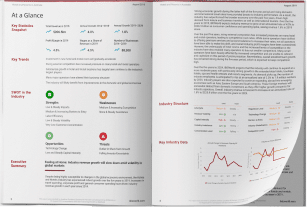2023 Version
5.3 to 8.7
increase in the number of households with debt 75% of assets in income quintile 1.
35,000 to 3.2 million is the level of wealth of the lowest income quintile to the highest.
5.8 million is the number of households defined as low resource.
Overview
High levels of wealth inequality significantly reduce social mobility.
The unequal distribution of assets such as property, stocks, and savings limits the opportunities available to people from lower socio-economic backgrounds to build financial security and prosperity.
Per Capita examined wealth inequality between 2010 and 2021, focusing on the ratio of wealth to debt and wealth differentials at different quintiles.
Interpreting the Index charts and values
Consistent with other measures of inequality we present inequality as a value between 0 and 100, with 0 denoting perfect equality. At any value in excess of 0 there is inequality between the considered measures; the higher the value, the greater the level of inequality.
Because all values are in ratio terms the value may be interpreted as the distance from equality; for example, if wealth inequality is rated 70, this would indicate that the wealth of the highest income group would need to decrease by 70% for equality to be achieved. All index values are in the same percentage scale.
We find that wealth inequality has increased steadily since 2010, with a dramatic increase observed between 2014 and 2021.
Current trends suggest that wealth inequality significantly exceeds 2010 levels, suggesting that wealth inequality in Australia has declined in recent years far more than suggested by the alternative measures Gini and Theil.
Disclaimer – The analysis employs economic and econometric techniques to provide estimates of plausible terms to equality, based on the interval trend, they are not estimates of the predicted term to equality, which will be consequential to policy and regulatory settings, amongst other critical factors. The extant models provide an indication of the term to equality should extant 10 year trends continue.
How does the Index work?
This report, and the Index it explains, seek to address this gap in public information by providing a comprehensive and multidimensional measure of inequality that can inform policymaking and advocacy. By measuring shifts in measures of inequality the index and sub-indices afford a more comprehensive and nuanced representation of the root causes and impact of inequality in Australia.

